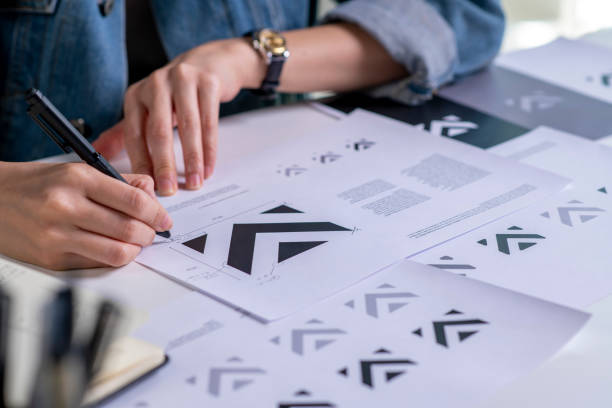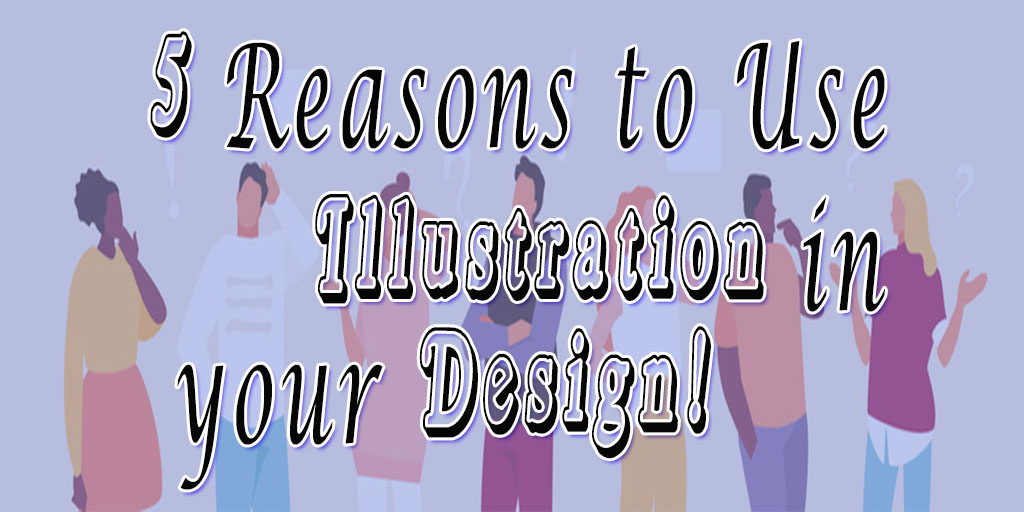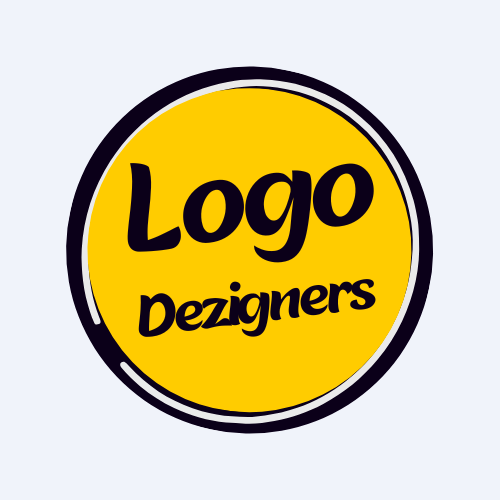
What are the 10 questions a graphic designer should ask?
Are you a graphic designer looking to take your skills to the next level? Or maybe you’re a business owner in need of a graphic designer and want to make sure you’re hiring the right person for the job. In either case, you’ve come to the right place. In this blog post, we will be discussing the 10 questions that every graphic designer should ask, whether it’s during an interview or when working on a project. These questions will help you dive deep into the client’s needs and goals, allowing you to deliver exceptional and tailored designs. So if you’re ready to enhance your design process and create work that truly speaks to your clients, keep reading to discover the essential questions that will elevate your graphic design game.
What is the purpose of the project?
Before starting any project, it’s important to understand why you’re doing it. What’s the end-goal, and what are the objectives you want to achieve along the way? Knowing the purpose of the project will help you determine the right design direction and ensure you stay on track. It’s easy to get sidetracked with new ideas and unnecessary features, but keeping the overall goals and objectives in mind will keep you focused on what’s important. Plus, having a clear purpose will make it easier to communicate the project’s value to others and ensure everyone is on the same page. In short, understanding the purpose of the project is essential for success.
Who is the target audience?
Design is not just about aesthetics but also about the audience you are trying to reach. professional graphic designers in the UK should know their target audience’s demographics, interests, and pain points to create a design that truly resonates with them. A design that appeals to younger audiences may not necessarily do the same for older ones. Similarly, a design for a specific professional industry may not appeal to the general consumer market. Understanding and researching your audience is key to creating a successful design that not only looks great but also effectively communicates the intended message. As a graphic designer, taking the time to know your audience will ultimately lead to greater success and satisfaction with the final product.
What message do you want to convey?
In the world of graphic design, the importance of conveying a clear message cannot be overstated. Too often, designers jump right into the creative process without taking the time to fully understand the message they are trying to convey. This can lead to confusing and ineffective designs that fail to resonate with the intended audience. Instead, designers should take a step back and make sure they are crystal clear on the value proposition they are trying to communicate. By starting with a strong foundation of understanding, designers can create designs that are not only visually appealing, but that also effectively convey the desired message with clarity, precision, and concision.
What is the timeline and budget?
When embarking on a graphic design project, it is crucial to understand the timeline and budget upfront. While creativity and inspiration may take over during the initial brainstorming and ideation phase, it is essential to keep your feet on the ground when it comes to practicality. Setting clear expectations around deadlines and costs will help manage the project effectively and avoid any unwanted surprises down the line. By having a well-defined timeline and budget in place, you can confidently guide the project through to completion with a clear understanding of what can and cannot be achieved within the given parameters.
What are the brand’s colors, fonts, logos?
Maintaining consistency with a brand’s visual identity is crucial for creating a recognizable and memorable image for audiences. This identity is composed of key elements such as colors, fonts, and logos, which work together to communicate the brand’s message. Following a set of brand guidelines ensures that every visual element remains consistent across all materials, whether it’s a print ad, social media post, or website design. When these elements are used together correctly, they create a strong and cohesive brand image that can positively impact a company’s perception in the eyes of consumers.
Also Read: Is it worth to hire a graphic designer in 2024?
What type of design are you looking for?
When it comes to design, one of the most important things is understanding what the client needs. From logos to websites, presentations to brochures, there are a variety of design needs that businesses and individuals have. By clarifying exactly what type of design the client is looking for, designers can more effectively focus their efforts and create a product that meets the client’s expectations. Overall, being clear, concise, and precise about the type of design needed is essential for creating a successful end result.
Where will this design appear?
When creating a new design, it’s important to consider where it will ultimately be displayed. Designs that are intended for digital use require a different set of considerations than those intended for print. The type of device they will be viewed on, the resolution of the screen, and the potential for interactivity all play a significant role in shaping the design. On the other hand, print designs must take into account the colors, resolution, and paper stock to create the optimum result. Understanding these key differences is essential in creating a successful design that meets its intended purpose, whether that be on-screen or in-hand.
How will success be measured?
In order to determine the success of any endeavor, we must first establish a set of measurable performance metrics. Whether it be leads generated, sales made, or brand awareness achieved, having clear and concise benchmarks provides a tangible way to measure progress and determine if our efforts are paying off. Without these metrics, success becomes subjective and difficult to quantify. By agreeing on key performance indicators, we ensure that everyone involved is working towards the same goal, and that our success can be accurately measured and celebrated.
Also Read: How much does a graphic designer charge per hour UK in 2024?
Who is the final decision maker?
In any decision-making process, it is crucial to establish who the final decision maker is. This clarity can help prevent any ambiguity or confusion around sign-offs. Understanding the approval process not only ensures that everyone is on the same page, but it also provides accountability and a clear direction for the project or initiative. It allows for a more efficient decision-making process where all parties involved can feel confident and secure in the final outcome. Ultimately, the success of any project often relies on the final decision maker’s ability to make informed and confident decisions that are in the best interest of the team or organization.
Is there anything else I should know?
When starting a project, it’s important to make sure everyone is on the same page. One way to ensure this is to ask open questions that encourage discussion and disclosure of any important information. This can include things like timelines, resources, and constraints. By doing this, you can avoid any potential roadblocks and ensure a smoother project outcome. So don’t be afraid to ask “Is there anything else I should know?” – you may be surprised at what you uncover.


